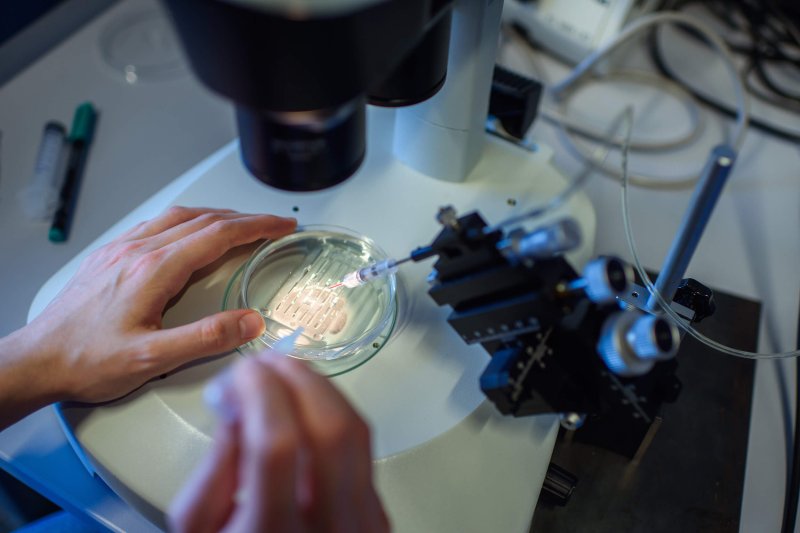Tim Abbott, a PhD candidate at Stanford University’s bioengineering department, checked the results of an experiment that he was running as a part of a team using the gene-manipulating Crispr technology to fight coronavirus. Abbott was working out of the lab of Stanley Qi, a pioneer developing Crispr tools that can mess with cancer cells and the like to fight diseases. Using an approach the lab called PAC-MAN (Prophylactic Antiviral Crispr in huMAN cells), the idea was to attack the coronavirus by directing a Crispr torpedo at it, attacking the virus’s genetic makeup that allows it to penetrate human cells and then use the cell’s machinery to self-replicate.
…
The coronavirus-targeted Crispr had reduced the amount of virus in the solution by 90 percent. If effectively delivered, this kill rate, they theorized, might be enough to stop the disease in a human.
That result, along with others included in a paper released last weekend—in preprint form and not yet peer-reviewed—suggests that we may be entering an era of developing new Crispr-based weapons against deadly viruses, from flus to coronaviruses. “The PAC-MAN approach,” the authors wrote, “is potentially a rapidly implementable pan-coronavirus strategy to deal with emerging pandemic strains.”































